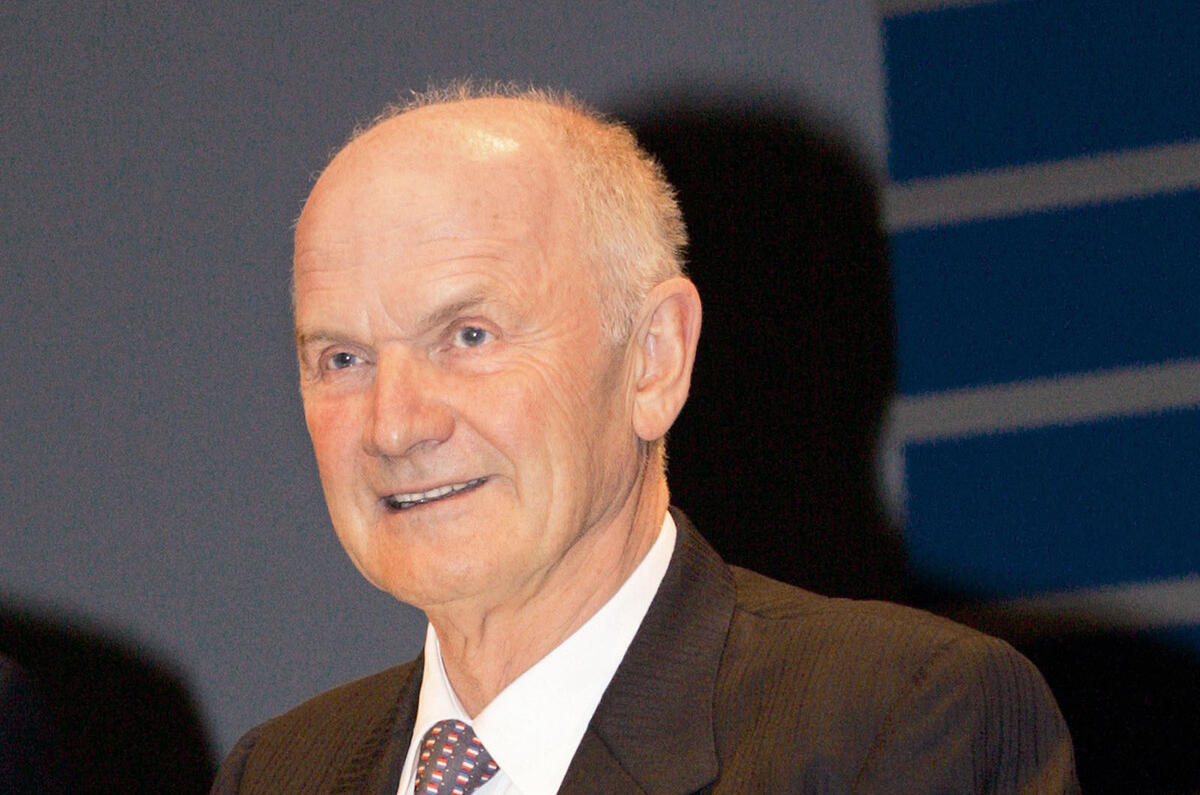Ferdinand Piech once wrote ‘My desire for harmony is limited’, and if you look at his professional life and the reputations of all those executives that failed to survive close encounters with this most autocratic of engineers, you can see he wasn’t kidding.
In his private life he fathered 12 children by four different women, which is perhaps also indicative of the fact that Piech was not like other men.
Piech was a man who combined the obsessional engineering focus of a Colin Chapman with the commercial nous and global perspective of a Henry Ford. The turnaround in VW’s fortunes that he oversaw following his arrival there in 1993 almost beggars belief.
He inherited a group just weeks from bankruptcy, and left it in 2015 as the largest automotive car company on earth, acquiring some of the world’s most coveted name plates – Bentley, Bugatti and Lamborghini – along the way. And, of course Porsche.
Former VW Group boss Ferdinand Piech dies
He may not have had the surname, but Piech was as a much a Porsche as his grandfather Ferdinand or uncle Ferry. His influence at the company began as soon as he joined in 1963 clutching his engineering degree from the University of Zurich. He didn’t like the fact that the company’s new flat six engine designed for the as yet unlaunched 901 (which would become the Porsche 911) had a wet sump for it, meaning the motor would never be suited for racing. Such was the power of the family connection, he simply had it redesigned, a process that took six months, and 911s have raced ever since.
His obsession with racing and conviction that success on track could only come from ultra-lightweight techniques led to some of the most extraordinary innovations seen in motorsport. The 1968 909 Bergspyder hillclimb car weighed just 385kg, thanks to the fitment of titanium springs, a wiring loom made from silver thread and brakes made from beryllium - despite their dust coming in the same toxin category as asbestos, plutonium and mustard gas.
But it was the 917 of 1969 that was his masterpiece, not just because it was the fastest sports racing car the world had ever known, but for the circumstances surrounding its creation. New rules designed specifically to ensure that such a car never got built mandated that 25 must be shown before even one of them could race. In the past you might expect construct a handful at most, and then only over time. It was Piech who through sheer force of character convinced the board to spend the money to make the cars, arguing its superiority would ensure all and more would be recovered from sales to private teams.
The cars were built in record time and duly shown to the FIA’s dumbfounded delegate on April 1st 1969, Piech even offering to let him drive one to show this was no smoke and mirrors trick. The car was homologated on May 1st and raced for the first time just ten days later. Porsche has now been dining out on the legend of the 917 for fully half a century.




Join the debate
Add your comment
It's still there..
The comment to which you are referring is still there, on the piece in the news section announcing the death of Ferdinand Piëch.
Who posted the inappropriate
Who posted the inappropriate comment ?
Thankfully the very
Thankfully the very imapproprite comment has been removed. - And i hope he has been banned for life as well.
Ditto....
Good! , we may disagree on car related things, but, when it comes to a person passing away, respect for there Family isn’t hard to be given.....